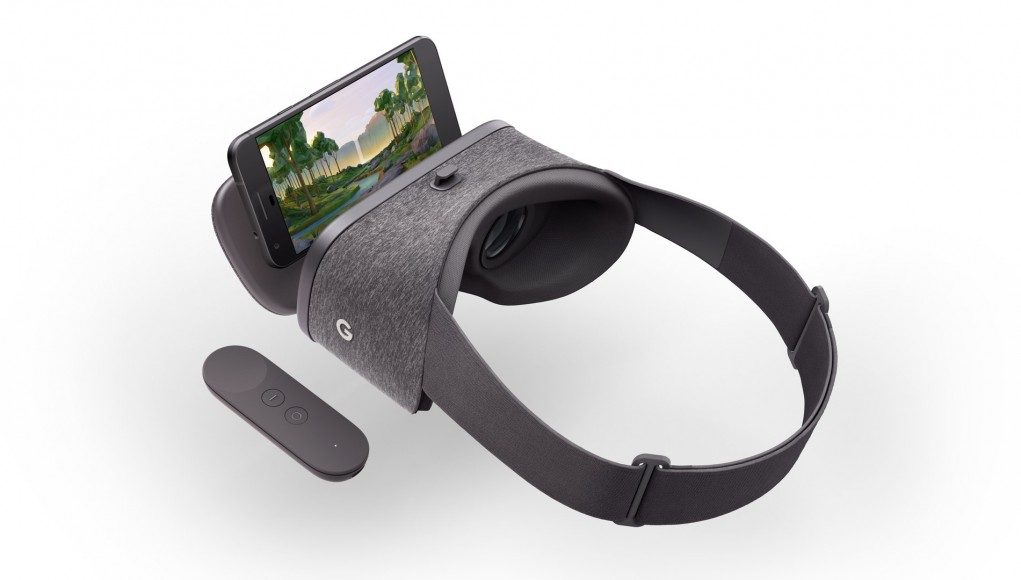Google Daydream, the company’s mobile VR platform, is compatible with a number of flagship smartphones from various manufacturers. Growing to a total of 15 Daydream-compatible phones by the end of the year, we take a look at the mobile VR machines you can buy now so you can start daydreaming.
Update (10/04/17): We’ve updated to include the Samsung Galaxy Note 8, LG V30, Pixel 2 & Pixel 2 XL, making for a total of 15 Daydream-compatible smartphones.
You’ll of course need a VR headset and controller to go along with your new phone though, but for now there’s only a few choices on the market despite Google sharing the reference design with other OEMs, leaving you with the Google-produced Daydream View ($79) and the slightly cheaper BoboVR Z5 to choose from. There are several headsets claiming to offer Daydream support on the market, but if it lacks the required Daydream remote, you’ll be left you with little more than a fancy plastic Cardboard derivative.
Note: Google advertises the View as the only available Daydream headset at this time.
Google Pixel 2 and Pixel 2 XL

Google’s Pixel 2 line is going toe-to-toe with Apple iPhone 8 in terms of its AR capability, but with the phone’s Snapdragon 835 chip and a whole Google VR ecosystem behind it, the Pixel 2 is shaping up to be one of the best in class smartphones capable of running both AR and VR applications. Pixel 2 is disappointingly still running with the same (or similar spec) 5 inch FHD 1920 x 1080 AMOLED at 441ppi, with its XL brother growing from last year’s 5.5 inch 1440 x 2560, 534 ppi AMOLED to its new 18:9 aspect ratio, 6 inch QHD 2880 x 1440 pOLED at 538ppi.
Google Pixel and Pixel XL
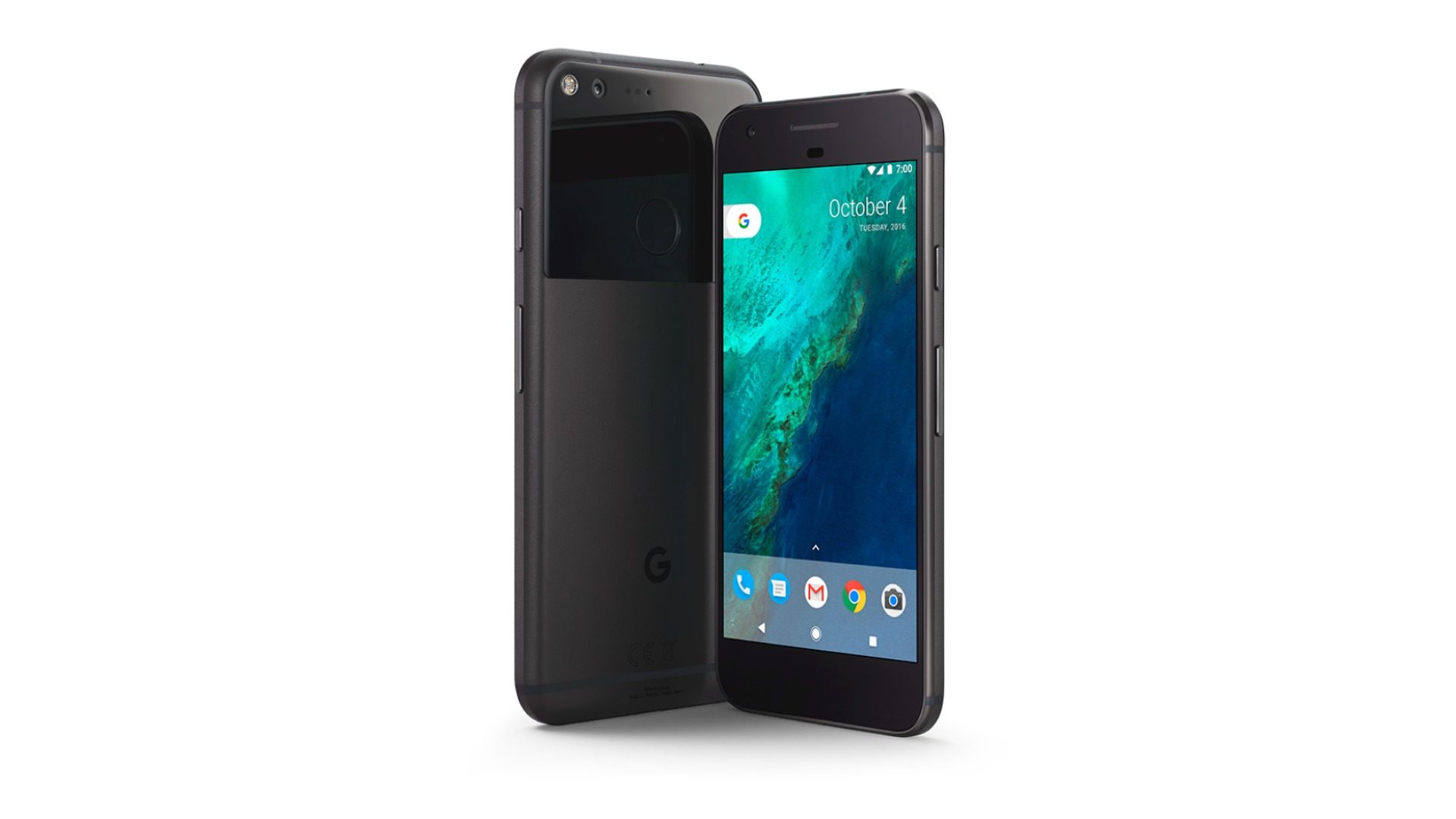
Revealed in October 2016, the Pixel and Pixel XL are Daydream’s first supported phones. With a Qualcomm Snapdragon 821 pushing the VR experiences on both—a late 2016 refresh of the older 820—potential Daydreamers should keep an eye on the specs before making a hasty purchase. The smaller Pixel packs a 5.0 inch AMOLED display at a comparatively low resolution – 1080 x 1920 with 441 ppi pixel density. The Pixel’s bigger bother, the XL, offers what should be considered a bare standard for flagships, pushing a 5.5 inch AMOLED with 1440 x 2560 pixels and 534 ppi pixel density. Both can be purchased as unlocked phones in the US, through Verizon, or as a part of Google’s Project Fi.
Motorola Moto Z2, Z & Z Force

The Moto Z family of smartphones aren’t all alike in terms of ability, but at very least the Moto Z and slightly better-speced Moto Z Force fit into the Daydream platform, albeit on the graphical low-side with its older Qualcomm Snapdragon 820. The Moto Z and Moto Z Force both offer an 1440 x 2560 pixel AMOLED display with 534 ppi pixel density.
Like the iPhone, Moto Z lacks a headphone port, using the Type-C USB port for everything. With the possibility to add ‘mods’, or magnetically attachable back plates, you can even buy a 360 camera specifically for the Moto Z family of phones, which launches alongside the Moto Z2 Force. The Moto Z2 Force also has Daydream capability as well with its newer Snapdragon 835, packing a 5.5 inch QHD 1440 x 2560 pOLED display at 534 ppi.
Huawei Mate 9 Pro and Porsche Design Mate 9
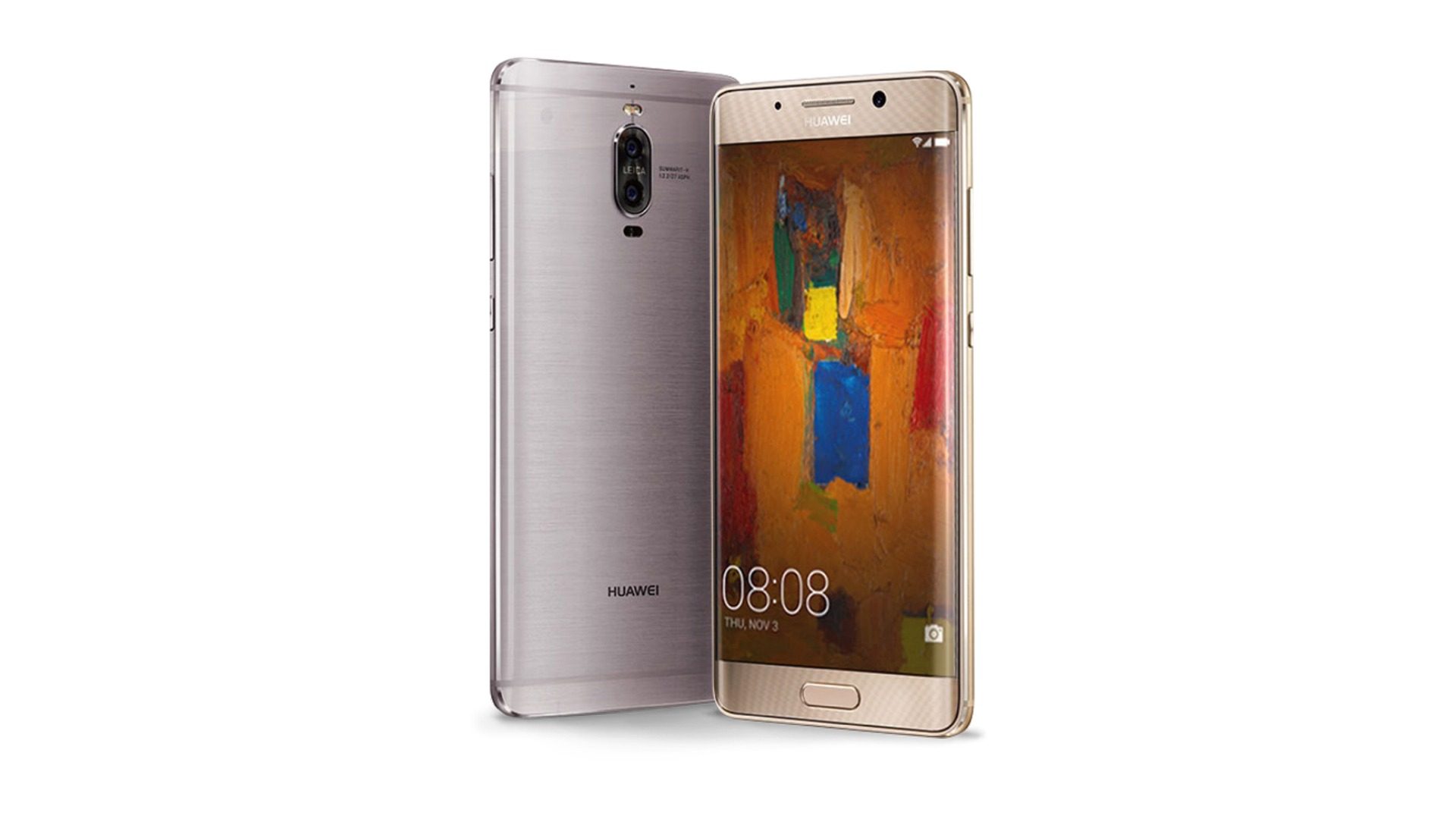
Chinese manufacturer Huawei is coming up in the world with a more refined Samsung-esque design ascetic, now offering their flagship Mate 9 Pro and Porsche Design Mate 9 pushing a Hisilicon Kirin 960 built by Huawei’s subsidiary. The Mate 9 Pro isn’t officially available in North America yet, but currently looks to sell for around $700 through resellers, about the same price as it is in China. The Mate 9 Pro offers a 5.5 inch, 1440 x 2560 pixel AMOLED display with 534 ppi pixel density.
ZTE Axon 7

Chinese manufacturer ZTE offers the Axon 7 for a comparatively lower price than most flagships, starting at less than $450 for a new unlocked phone. With an older Qualcomm Snapdragon 820, the ZTE Axon 7 is another middle-end shoe-in, although it provides a 5.5 inch, 1440 x 2560 resolution AMOLED display with 538 ppi pixel density, which for the price certainly sounds attractive enough if you’re looking for the cheapest possible way to get into Daydream.
Samsung Galaxy S8 and S8+
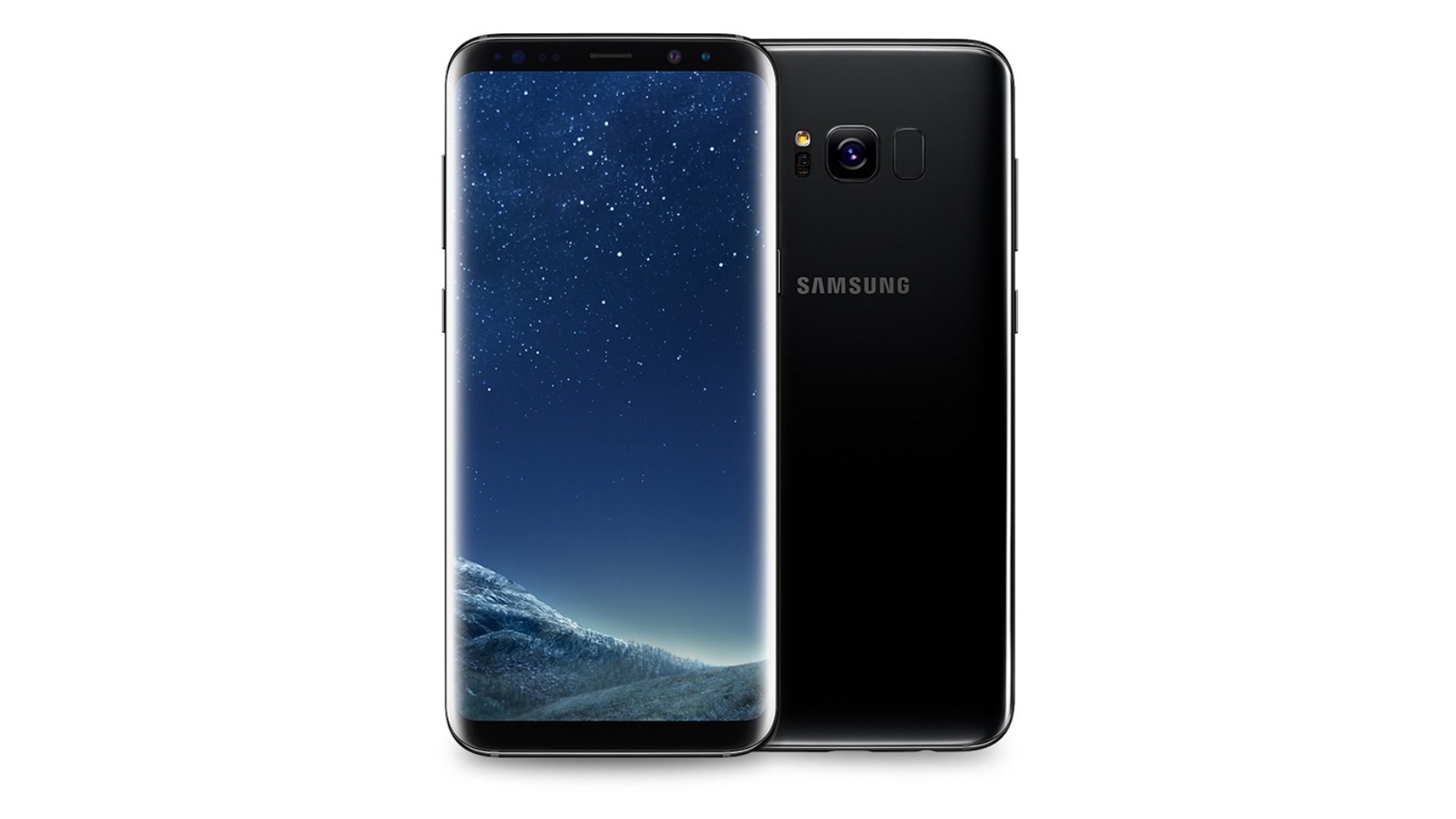
Samsung’s Galaxy S8 and Galaxy S8+ are the only phones in the list to support both Daydream and Gear VR, the company’s mobile VR platform built in partnership with Oculus. Pushing the most modern specs to boot, the S8 and S8+ both pack a Qualcomm Snapdragon 835. The S8 has a 5.8 inch Super AMOLED display with 1440 x 2960 resolution and 570 ppi pixel density, while the S8+ has a massive 6.2 inch Super AMOLED with the same resolution but slightly lower pixel density at 529 ppi.
Samsung recently started rolling out Daydream support for both Galaxy S8 and S8+, as reported by The Android Soul.
Samsung Galaxy Note 8
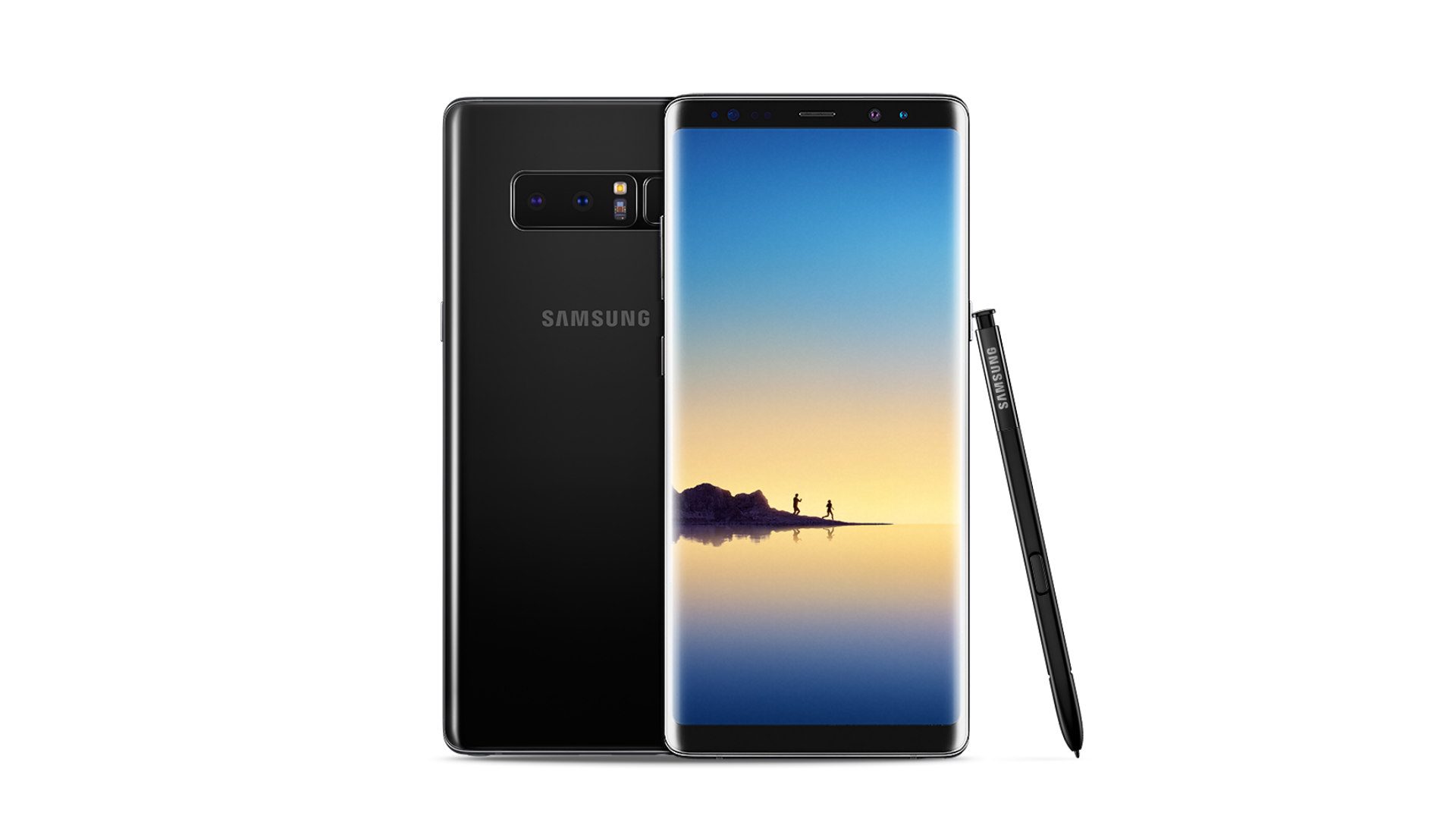
Slightly bigger and just as beautiful, the Note 8 packs 1.7GHz octa-core Samsung Exynos 9 Octa 8895 processor, and a 6.3 inch QHD+ 2960 x 1440 Super AMOLED at 521 ppi. And yes, it even follows in the Galaxy S8’s footsteps by actually being able to fit in the latest Gear VR headset too.
LG V30

LG’s V30, launched in September 2017, comes with some pretty familiar specs, featuring a Snapdragon 835 and QHD+ 1440 x 2880 OLED at 537 ppi. Yes, that’s a curved, near bezel-less design—something other devices could learn a thing or two from.
Asus ZenFone AR
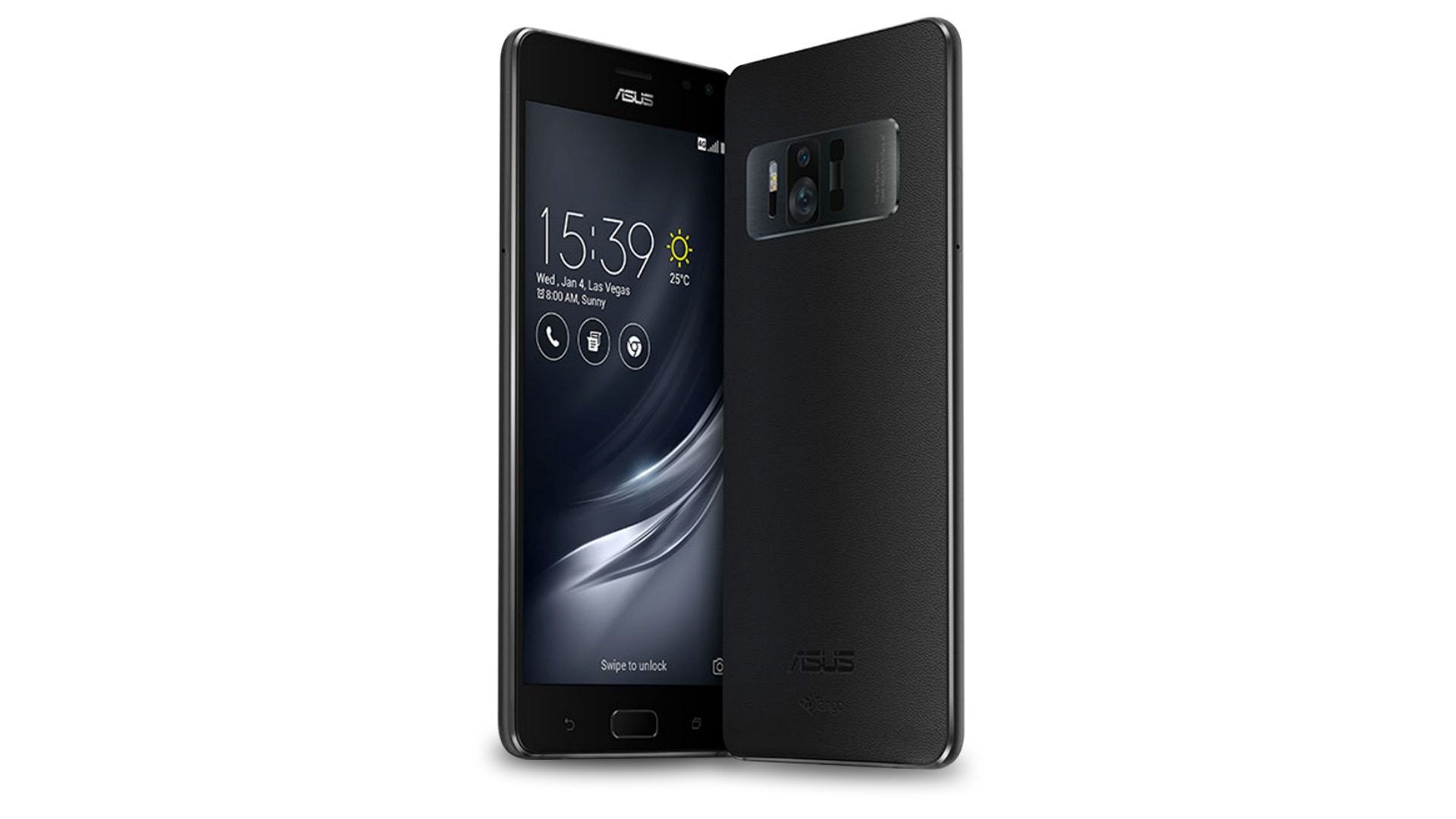
Asus ZenFone AR offers a few interesting things at its disposal besides the prospect of entering into virtual reality. Built in partnership with the team behind Google Tango, the Zenfone AR is the first phone to offer both Tango and Daydream support in a single package. Asus’ ZenFone AR boasts the less-new Snapdragon 821 chipset while packing a 5.7 inch Super AMOLED display with 1440 x 2560 resolution and 515 ppi pixel density.
Manufacturers HTC, Mi, and Alcatel have yet to announce Daydream compatible phones (besides the Pixel 2, which is technically manufactured by HTC). We’ll update this article as the Daydream landscape changes.

